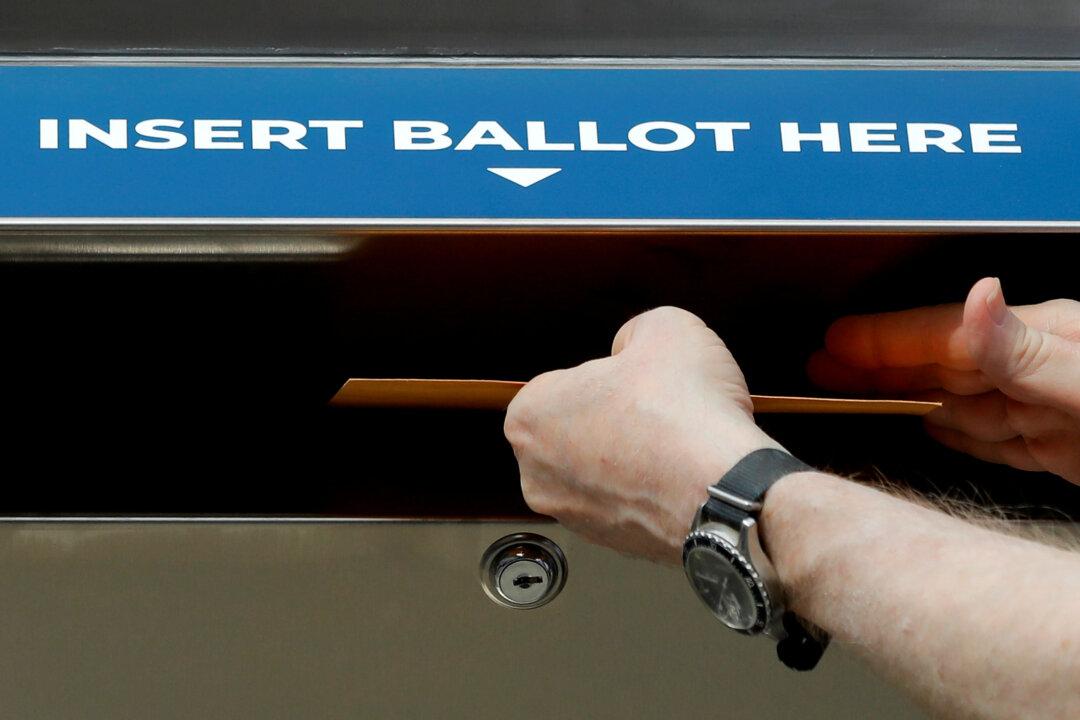Commentary
Anyone who has spent many years in a cultural/educational institution has observed a process unfold that might be called “Inching to the Left.” By “many years,” I mean decades, not just three or four, or even six or seven. It’s a slow process, very slow, and if you’re not vigilantly opposed to the direction it takes, if the subtle movement to the left that unfolds doesn’t alarm you, but only irks you now and then, you have a hard time registering the full measure of change that proceeds over time.





